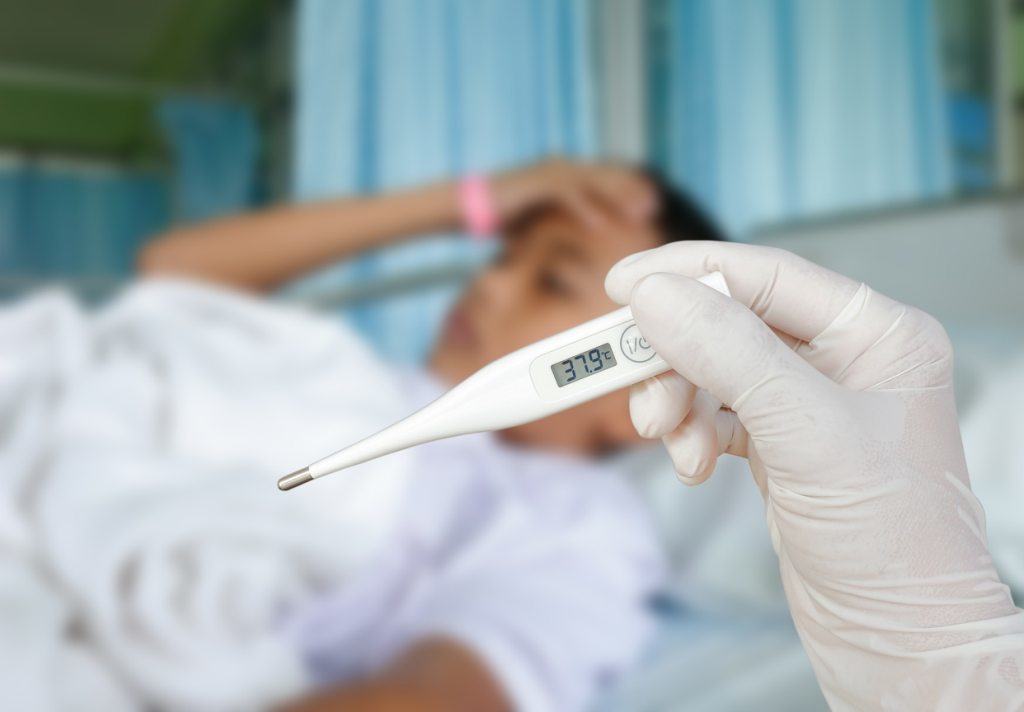Contents:
Medical Video: Anion Gap EXPLAINED
Definition
What is an anion gap?
Anion gap (AG) is a disparity between extracellular cations and anions. In general, anion gap can be done in the laboratory. (Eg, AG = [Na + + K +] - [Cl‐ + HCO3‐])
The calculation above is used to help doctors identify the causes of metabolic acidosis such as accumulation of lactic acid (shock complications caused by lack of blood or shortness of breath) or ceton accumulation in the blood (diabetes complications). This test can also show the essential amount of bicarbonate which can neutralize and maintain pH in the blood.
When should I undergo an anion gap?
Anion gap calculations can determine patients with alkaline or acid abnormalities in the blood. Blood is used to detect some of the causes of abnormalities and monitor the progress of treatment. Doctors usually take the Anion gap test to identify the following diseases:
● DKA caused by diabetes
● salicylic acid poisoning
● accumulation of lactic acid caused by lack of blood or shortness of breath
● kidney failure
● lack of water and ions in the digestive tract through sweat
● lack of water and ions in the kidneys
Prevention & warning
What should I know before undergoing an anion gap?
The following factors can affect the test results:
● Hyperlipidemia can reduce the amount of sodium in the Anion gap, compared to the actual amount
● Anion gap levels may differ in several laboratories, caused by the use of different calculation methods. Usually, the laboratory lists normal levels of test results
● some medicines can increase the gap, such as: carbon anhydrase inhibitors, ethanol, methanol, salicylates
● some drugs can reduce the gap, such as: acetazolamide, lithium, spironolactone, and sulindac
It is important that you understand the warnings above before running this test. If you have questions, consult your doctor for information and
further instructions.
Process
What should I do before undergoing an anion gap?
Your doctor will explain the test process to you. This test is a blood test. You don't need to prepare anything before taking the test. Fasting is also not needed before the test. On the day of the examination, you are recommended to wear clothes with short sleeves to help with the blood collection process.
What is the anion gap process?
Medical personnel who are in charge of taking your blood will take the following steps:
● wrap an elastic belt around your upper arm to stop the blood flow. This makes the blood vessels under the bond enlarge making it easier to inject needles into the vessels
● clean the part to be injected with alcohol
● inject a needle into a blood vessel. More than one needle may be needed.
● attach the tube to the syringe to fill it with blood
● removing the ties from your arms when taking blood is enough
● attach gauze or cotton to the injected part, after the injection is finished
● put pressure on the part and then put on a bandage
What should I do after undergoing an anion gap?
Your doctor or nurse will take your blood sample. Even though you generally won't feel pain, some people can feel pain when a new needle is injected. But when the needle is inside the vein, the pain usually doesn't feel. Pain depends on the skills of the nurse, the condition of the blood vessels and your sensitivity to pain. After the blood collection process, you are recommended to bandage with a bandage and lightly press your blood vessels to stop bleeding. You can move as usual after the test.
If you have questions about the process of this test, consult your doctor to understand further.
Explanation of Test Results
What do the test results mean?
Normal index:
● 16 ± 4 mEq / L (If Potassium is used)
● 12 ± 4 mEq / L (if Potassium is not used).
The index increases unusually:
● lactic acidosis
● DKA is caused by diabetes
● DKA is caused by alcohol
● lack of nutrition
● kidney failure
● renal tubular acidosis
● increased bicarbonate deficiency in the digestive tract
● reduced aldosterone syndrome
The index decreases unusually:
● alkalization of the excessive digestive tract
● several myeloma bone diseases
● ongoing vomiting
● gastric lavage
● reduced blood protein
● lithium poisoning
● bromine poisoning (from grenadine)
Anion gap test results can vary depending on the laboratory.
Consult your doctor if you have questions about the test results.
Hello Health Group does not provide medical advice, diagnosis or treatment.











